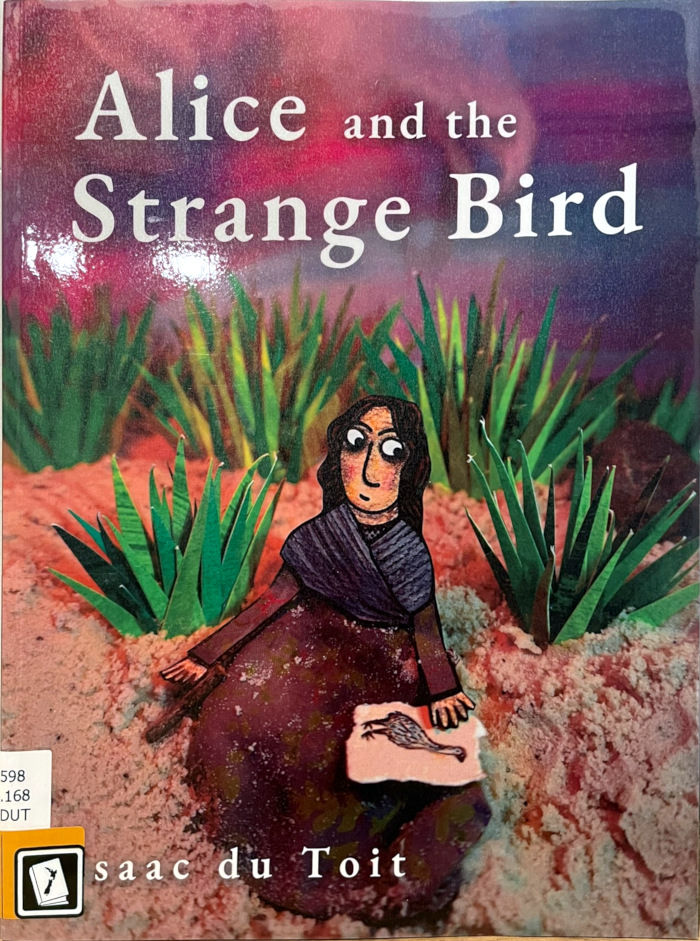Moa Hunter by Eve Sutton
- Kirsten Edwards
- May 19, 2022
- 2 min read
Updated: Nov 10, 2023

From the inside flap: "Kotiri was the Chief's son and naturally expected to succeed his father as leaders of the tribe. Then in a rash attempt to catch a moa, the giant flightless bird which was the tribe's main source of food, he was lamed for life and became known as Hapakoki, Hop-and-go-one. Disheartened and frustrated, Kotiri gradually came to learn that perhaps he could serve his people in other ways than being their chief. On an expedition sent out to trade for the special stones needed for axes and ornaments he had to act as his father's spokesman and brought home with him a valuable discovery that in the years of change that lay ahead would provide his people with comfort and security".
National Library Entry
Title: Moa hunter / Eve Sutton ; illustrated by Bernard Brett.
Date: 1978
By: Sutton, Eve., Brett, Bernard.
Identifier: ISBN 0241896975
Publisher: London : H. Hamilton, 1978.
Format: 112 p. : ill. ; 24 cm.
Okay, I have to confess, I did judge this book by its cover! Based on Eve Sutton's other books I was expecting a quick read about a moa hunt and was surprised to learn very quickly this plot was fairly complicated and the characters had a lot of depth.
Kotiri, the Chief's son, becomes lame after a moa hunting accident. His boyhood friend loves and supports him, but he is fit and strong and the competition between them soon makes it apparent that Kotiri may not be the best choice as the next chief. Next, an expedition across the sea ends in tragedy, but for Kotiri it is the start of a discovery of a new way of being "Maori" and finding out who he is in this new world.
I really enjoyed the character Tama in the book. He is an aggressive and impulsive young man, but he creates a lot of tension in the story and keeps you turning the pages. It was great storytelling.
Here are a few page examples...


I should make a note about where this book fits into Maori history. I think Eve Sutton is trying to write about a tribe that is transitioning from the time of the Archaic Period into the Classical Period, except she takes the old view that there were some type of Polynesian settlers in New Zealand before the Maori and the Maori conquered them and took over. The old settlers were called Moa Hunters because they ate Moa, were nomadic, lived fairly peaceful lives and made stone tools. The Maori that came after ate crops such as kumera, lived in fortified pas and were more warlike. Recent scholarship sees the transition not as two different groups, but rather a gradual change as Maori adapted to the changing food sources and the cooling of the Earth around 1400AD. You can read more about Maori History here.
I don't think this should be a reason not to read this book as it is still an excellent story and there are wonderful descriptions of Maori life and culture within it.
I highly recommend this book for families with children over 6 years.



Comments